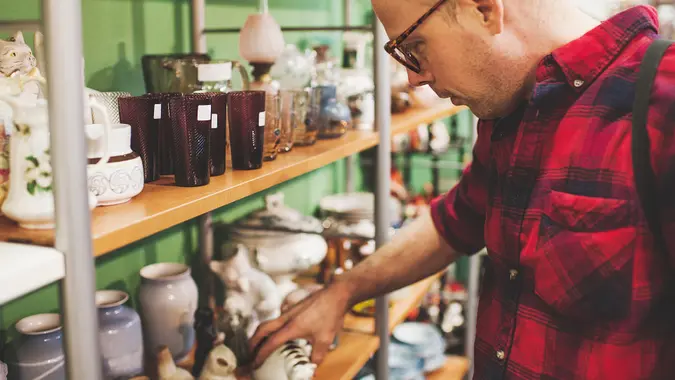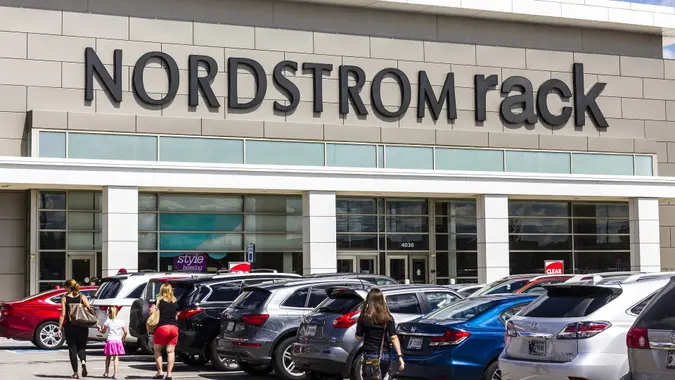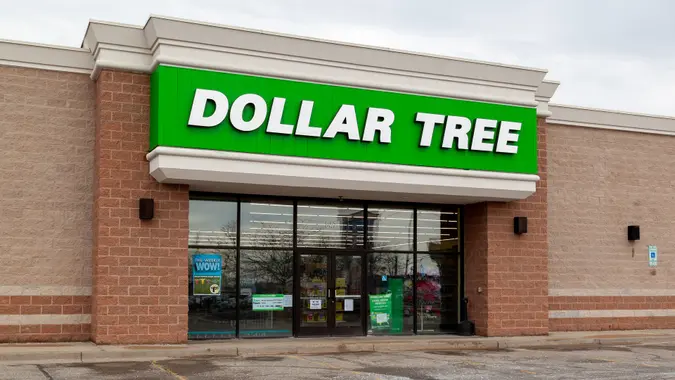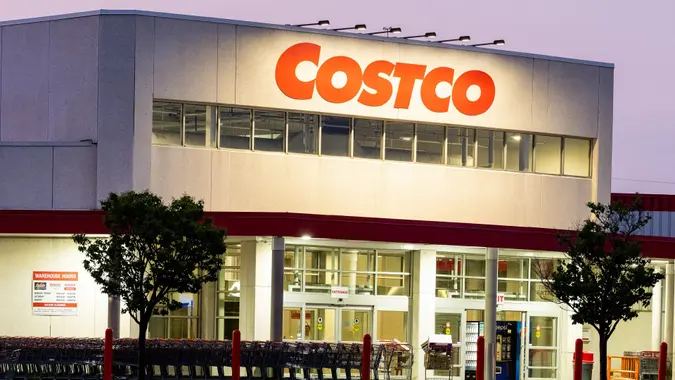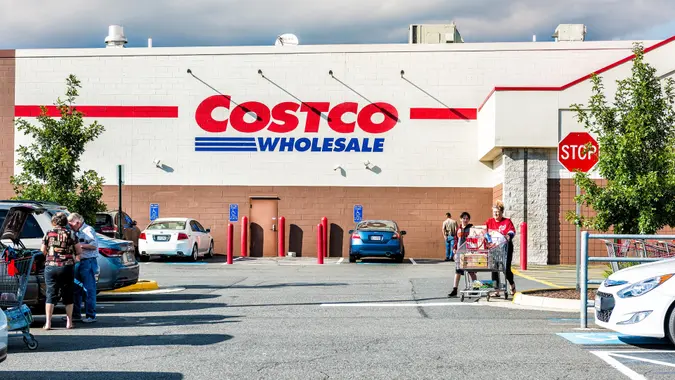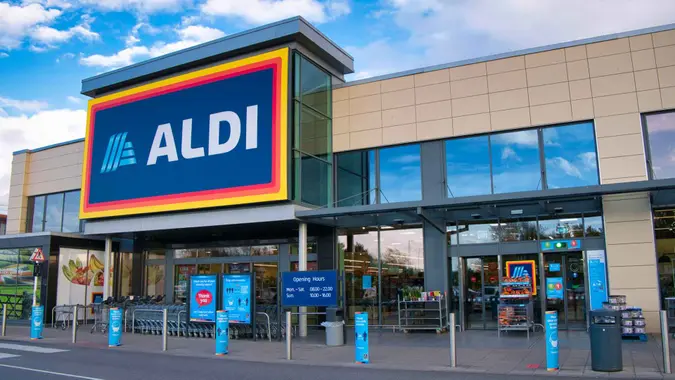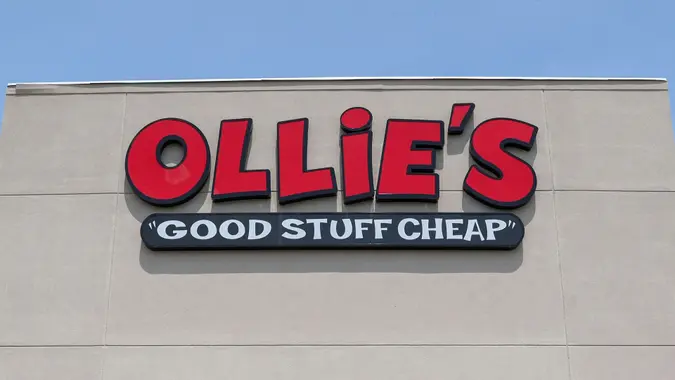4 Tariff-Impacted Items the Middle Class Should Stop Buying To Save Money

Commitment to Our Readers
GOBankingRates' editorial team is committed to bringing you unbiased reviews and information. We use data-driven methodologies to evaluate financial products and services - our reviews and ratings are not influenced by advertisers. You can read more about our editorial guidelines and our products and services review methodology.

20 Years
Helping You Live Richer

Reviewed
by Experts

Trusted by
Millions of Readers
Lately, many Americans have had to tighten their budgets amid steep tariffs. While the efforts are meant to improve the finances of all American citizens, people are concerned about higher prices on the everyday goods they need to survive, with the middle class feeling some heavy strain on their wallets every time they head to the checkout counter.
Middle-class consumers are now facing a critical question of how to cut costs without sacrificing quality of life. One answer lies in rethinking spending habits and avoiding products that are disproportionately affected by tariffs. Here are four things that the middle class should stop buying to save money.
Name-Brand Cleaning Products
“In today’s economic climate, middle-class households are feeling the squeeze, the proverbial treadmill, where you’re working hard but not getting ahead,” said Robin Valadares, the founder of Financially Fulfilled Physio. “It’s not just due to inflation, but also to the ripple effects of global trade shifts and tariffs. When prices spike, it’s often everyday essentials that become harder to afford. But that also makes it the perfect time to re-evaluate spending habits.”
For example, if you are used to stocking up on expensive name-brand cleaning items, it may be time to ditch them for some generic and off-label products, like Kirkland (Costco), Great Value (Walmart) or Up&Up (Target).
“You can also try your hand at DIY recipes,” Valadares said, pointing out that you can mix white vinegar, lemon and baking soda to clean most surfaces for pennies. “The markup on name-brand cleaners can be significant, often double the cost of generics. Over a year, swapping out five products monthly could save about $250 without compromising on cleanliness.”
Bottled Water
During the tariffs, say goodbye to bottled water and try a filtered pitcher or reusable water bottle instead, per Valadares’ recommendation.
“Americans spend upwards of $100 per person each year on bottled water,” Valadares said. “With plastic packaging likely impacted by tariffs and manufacturing costs, a simple swap to a home filtration system can save $300-plus annually for a family of four, and reduce environmental waste.”
Single-Use Kitchen Gadgets
Also known as “trend appliances,” these are things like avocado slicers, mini donut makers and egg cookers, which tend to serve one function and then collect dust around the kitchen, according to Valadares.
He advised that middle-class families swap these appliances out for multipurpose tools, like a chef’s knife, cast iron skillet or high-quality blender.
“Influencer-driven kitchen gear often ends up unused,” Valadares continued. “Many items are imported, plastic-heavy and prone to tariffs. Instead, invest in tried-and-true tools that’ll last years and serve multiple purposes, like a $40 Lodge cast iron pan instead of five flimsy gadgets that break after a season.”
Fast Fashion and Excess Apparel
According to Valadares, anything from H&M, Shein, Zara and Amazon is out this season. Instead, he recommended that families build a capsule wardrobe with versatile pieces from brands like Everlane and Uniqlo.
“You can shop secondhand via Poshmark, ThredUp or local thrift stores,” Valadares said. “With tariffs affecting imported textiles, cheap fashion isn’t staying cheap. Clothing waste is also on the rise. Instead, focus on quality-over-quantity: A single $40 staple that lasts five years beats five $10 tops that lose shape in a month.”
Caitlyn Moorhead contributed to the reporting for this article.
Editor’s note on political coverage: GOBankingRates is nonpartisan and strives to cover all aspects of the economy objectively and present balanced reports on politically focused finance stories. You can find more coverage of this topic on GOBankingRates.com.
 Written by
Written by  Edited by
Edited by 



